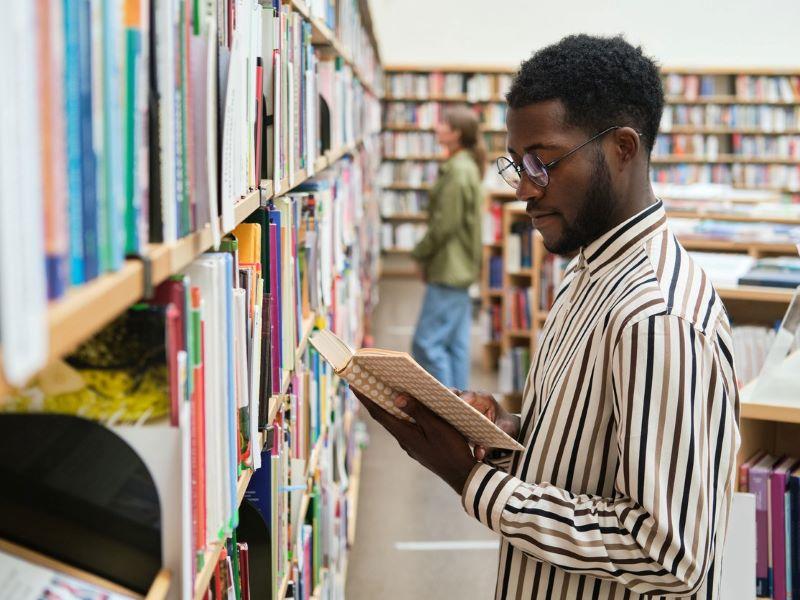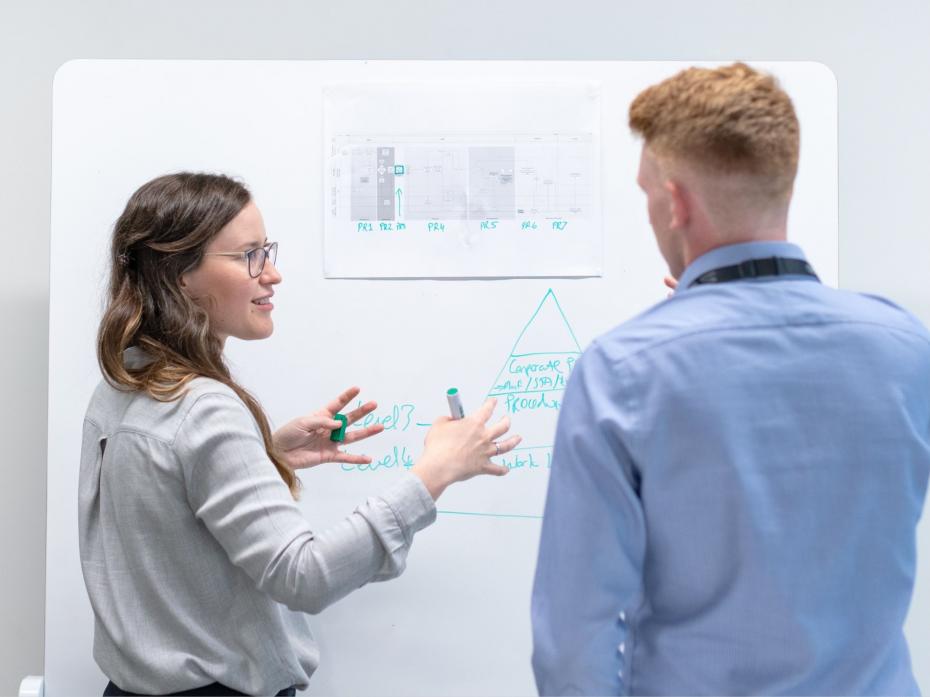Building connections between faculty and student affairs
Digital technology and communications can help promote student engagement and strengthen retention when used effectively by student affairs professionals, our research found. However, the implementation of technology to support students is not a solution in and of itself.
Student affairs may establish effective online support and tools for students, but without the involvement of those who have the most access to students – faculty – these systems can languish. Even with increased institutional backing and technology use, student affairs and faculty may find it difficult to work together, despite their common goal of supporting students.
For student affairs professionals, the challenge is often how to best connect with faculty to expand access to the services they provide. For faculty, it is knowing what opportunities student affairs offer and how to align them to their course teaching.
- Evolution not revolution: strengthening student services online
- Socio-emotional learning online: boosting student resilience and well-being
- Pastoral care for students in the digital classroom
To understand how to resolve the challenges these groups face in building partnerships to support students, we talked with them to discover where they had success. While digital tools can enhance interaction between teams, two further steps are essential to the development, growth and sustainability of partnerships between student affairs and faculty:
1. Establishing a shared vision between faculty and their colleagues in student affairs
2. Developing collaborative initiatives to strengthen the connection between faculty and student affairs
Here we outline two best-practice examples of how institutions have successfully fulfilled these criteria, resulting in positive outcomes for students and staff.
Faculty and student affairs must articulate a shared vision
Faculty and student affairs must be willing to separate their individual or departmental needs and prioritise what is best for the well-being of the institution – student needs and satisfaction.
At Simmons University, collaboration proved the primary component of its successful pivot online during the pandemic, according to former dean of students Susan Antonelli. At the start of the institution’s transition to remote work, the leadership team decided that they couldn’t “have the academic stuff without the student affairs stuff”.
Faculty expressed a desire to work with student affairs as both were determined to find the most effective ways to connect with students virtually. This manifested into a series of webinars where the teams worked together to design effective online learning environments.
Faculty explained to students how learning would work in the virtual space, and student affairs teams shared how support services could be accessed online. By working side by side, discussing the virtual experience, faculty and student affairs demonstrated a shared vision and commitment to their students.
The unified front did not end with the outward-facing work. The college used Google Sites for each class, which acted as a hub for communications, information-sharing and connecting with students. The genesis for these sites came from the realisation that information normally shared on-campus, via posters or live monitors, would no longer be effective for promoting services to students. So sites were developed as a virtual space for students to stay up to date on what was happening at the college. Online meetings were held each month to remind students of the resources available. Faculty were given access to these sites so they were aware, in real time, of what was communicated to and with students.
This close collaboration between student affairs and faculty throughout the planning and move online enabled everyone to focus on the students’ needs and create “the essence” of the university in a virtual environment.
Faculty and student affairs need to collaborate
Faculty and student affairs are both dedicated to academic achievement and progress. They are versed in the design of curricula and programming to ensure student success at institutional and classroom levels. To strengthen the connection, institutions need to actively foster collaboration. For example, bringing together faculty and the library services to support teaching and learning and access to resources in online spaces.
Erika Kitzmiller, term assistant professor at Barnard College, invited the library team into her classes to inform students about library resources and experts available.
She explained: “I met with the digital humanities librarian and had a conversation with her about my class’ final project. She joined my class online and hosted a workshop on how to use story maps. After she presented, I created breakout rooms for the students to work in. The students would go in and work, and the digital humanities librarian would be available for discussion. We invited the students to play around, and then we would just hang out to help the students if they needed support.”
The more student support services are made available online, the more opportunity there is for faculty to connect their classes to the support provided.
Jane K. Dickinson, a senior lecturer at Teachers College, Columbia University, notes that once the college’s Writing Centre, which offers advice, resources and workshops to improve writing skills, made more support available online, she was better able to link her students to the services.
She said: “In the past, students weren’t taking advantage of the Graduate Writing Center. Some of that is because it’s not widely publicised, and some is because I wasn’t consistently encouraging them to seek out those services. Since the Writing Center shifted more of their workshops to virtual – and this started even before the pandemic – students have been attending more of them.”
The end goal for both groups should be to increase the pathways for students to access institutional resources. Finding ways to work together can help to strengthen student understanding and success.
Using technology to serve student needs
Connecting student affairs professionals and faculty is essential for student success. At many institutions, these groups have found ways to collaborate and use technologies to better serve students, our research suggests. For university leaders looking for similar results, we offer the following guidance.
- Update the institutional mission and vision to include the academic and administrative needs for online education, and allocate the appropriate technologies to achieve this goal. This can be accomplished by bringing together stakeholders from across campus constituencies to discuss these changes. These college-wide conversations can be carried out through climate surveys, town halls and working groups.
- Help to cultivate and maintain connections between student affairs and faculty. These relationships can be strengthened through the provision of open platforms, such as all-campus meetings, shared governance activities, planning retreats and social events. Creating opportunities for interaction and engagement can help staff and faculty better understand their individual and collective contributions to the student experience.
- Spotlight student affairs professionals and faculty who successfully use technologies to support the student experience. This type of collaboration can be encouraged through institutionally sponsored research groups, innovation grants and academic showcases for innovative practices. Investing in faculty and staff will produce a more equitable environment to discuss the adoption and use of technologies for student engagement and success.
Leveraging the relationships between student affairs and faculty alongside the use of digital technology to enhance student services can create a quality academic experience for all. It may reveal further opportunities to create a fully connected digital campus and a true sense of camaraderie, both online and on-site.
Steven Goss is dean of the School of Continuing and Professional Studies, Manhattan College, and Amy Greenstein is a doctoral student at Northeastern University.
If you found this interesting and want advice and insight from academics and university staff delivered direct to your inbox each week, sign up for the THE Campus newsletter.




comment